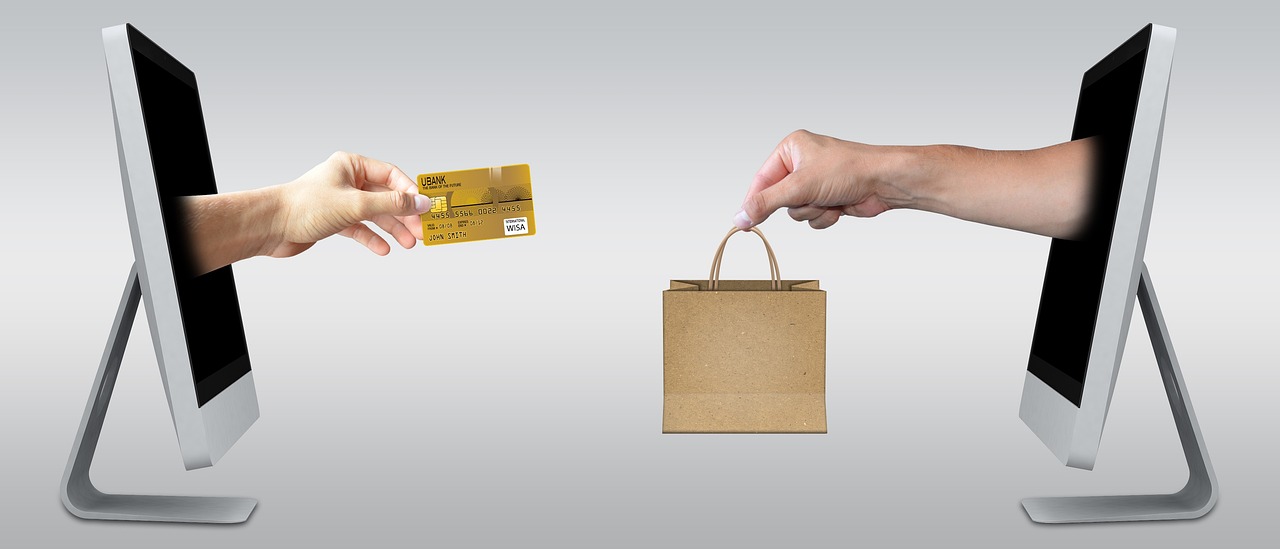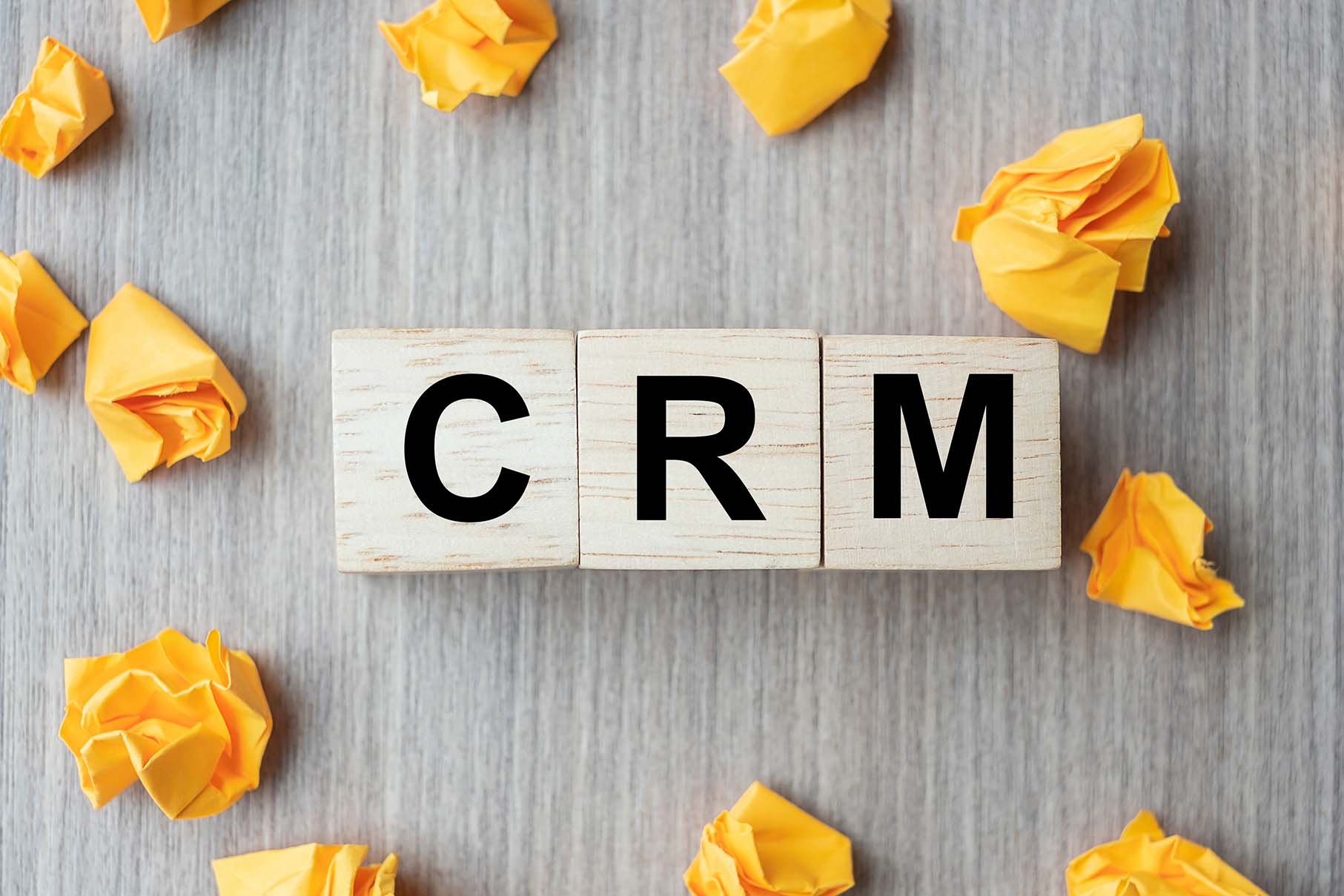

The consumer decision making process has many aspects to it. These include the fear of missing out, quality and convenience. There are also targeted advertising and branding tactics that make it possible for the consumer to decide whether they want to buy a product. This is why it is essential to understand the reasons that the consumer wants to buy your product.
Consumer decision-making process
The consumer decision-making process is the way a customer evaluates a product, service, or any other type of purchase. It includes the process of recognizing a need, searching for information, evaluating a variety of options, and choosing a product that best suits their needs.
Often, consumers use various tools to help them with the process. They may compare the various products available, shop around for the best deals, or use recommendations from family and friends.
The consumer decision-making process is a crucial component of marketing. Understanding it will not only help marketers better target prospects, but also improve the overall efficiency of their promotional plans.
The need recognition stage is the first of several milestones in the consumer decision-making process. Once the customer has identified a need, he or she begins the research process. This can be a complex endeavor depending on the product or service. It involves a variety of factors, including culture, economics, and age.
The post-purchase evaluation is the next step in the consumer decision-making process. It is the stage where the consumer evaluates his or her experience with the product or service, as well as the positives and negatives of the choice. This phase has a direct impact on future buying decisions.
The consumer decision-making process is an important factor in business, as it provides a basis for addressing problems and delivering valuable products. Marketers should coordinate their promotional efforts with the stages of the decision-making process.
Targeted advertising and branding
With the help of targeted advertising, brands can interact with consumers who have shown interest in their products. This helps increase sales and leads.
The digital marketing landscape is a fast-changing one and advertisers face many challenges. For example, marketers need to learn how to run targeted ad campaigns and track performance. However, with the help of statistics, they can get useful insights.
The key to success in this area is knowing your audience. You need to know the demographics, interests and behaviours of your customers. Once you’ve found out their demographics, you can start building a buyer persona. Once you have built your buyer persona, you can use segmentation tools to target and create personalized ads.
In addition to this, you can also make use of retargeting. This tool allows you to target people who have previously visited your website. Then, you can re-engage these customers across multiple channels. These include email, web push notifications and chatbots.
This strategy can be effective, but there are some risks. Some Internet users feel uncomfortable with their data being used. They may also be more aware of the potential for abuse. That’s why it’s important to be transparent.
Lastly, it’s a good idea to work with media partners. For example, you can advertise on Facebook and Twitter, and then have those ads served to people who have already visited your site. This will spark their interest, and they’ll eventually contact you to buy the product.
Convenience
Convenience is a big deal in the consumer’s world. Nearly half of consumers claim that convenience has a significant impact on their purchasing decisions. Whether it’s choosing a retailer or a service, convenience has an effect on the decision-making process.
The benefits of convenience are numerous. It helps reduce costs, reduce time spent, and avoid unpleasantness. Plus, it can boost the image of the product. For example, a soap dispenser that is automated may make the item more convenient.
However, while convenience is important to customers, it doesn’t always mean the customer will choose a particular company. In fact, a study by the National Research Federation revealed that 97 percent of respondents said they’ve backed out of a purchase due to an inconvenient feature.
When it comes to evaluating convenience, there’s no one-size-fits-all solution. For example, consumers in the personal care industry will opt for convenience in a number of areas. They’ll expect a streamlined checkout procedure, a faster delivery service, and more options for picking up their purchases.
The digital age has brought a slew of new technology to the consumer’s hands. Consequently, retailers are always trying to come up with ways to make their business easier to use. Some of these innovations include a mobile app to allow shoppers to browse local stores. They can also order delivery services through companies such as Amazon Prime.
Quality
When it comes to selling a product, quality is one of the most important factors in driving business performance. If a company fails to deliver quality, their customers will quickly turn to competitors.
There are many ways to gauge the quality of your product. You can use surveys to measure customer experience, or you can create an independent quality measure for your products. The latter approach will help you identify areas to improve, and will help you to develop new products.
Customer Experienced Product Quality (CEPQ) is a new scale that was created by researchers at the University of Geneva. It is a more comprehensive measurement of product quality than other alternative metrics, and has been validated across diverse product categories.
CEPQ can be used to track the performance of a product, and to identify strengths and weaknesses in your production processes. It can also help you to understand your customers’ purchasing preferences.
A quality-conscious company will invest more in perfecting their products, and will have fewer problems with re-selling and repairing. In turn, this will result in more revenue and repeat business.
In addition, high-quality products offer a higher ROI. This is due to the fact that companies that produce top-of-the-line products spend more time and money in the design and manufacturing stages. It can also make customers more likely to buy from you, and will result in fewer complaints and return requests.
Unique selling point
A unique selling point (USP) is a useful tool that many businesses use to differentiate themselves from their competition. It may be a price, a benefit or a quality that sets you apart from the rest. Identifying a good USP can make or break your business.
The best way to write your own unique selling point is to focus on what your target customers want and need. By focusing on a small segment of customers, you are more likely to achieve your goals and hit your targets.
One of the easiest ways to identify your unique selling point is to do some market research. This is particularly important for businesses that operate in a niche market. If you’re in the food and wine industry, for example, you’ll want to know what consumers are looking for when they shop for a new bottle of wine.
Ideally, your unique selling point should be the first thing that your customers think of when they’re considering a purchase. However, this doesn’t have to be the case. It can be in the form of an A+ content piece, product images, or even a video.
A good unique selling point should be simple, clear, and memorable. You should be able to communicate your USP in a single sentence, or a few short paragraphs. A short and concise statement will allow your message to be absorbed into your customer’s brains and converted into a sale.
Fear of missing out
Fear of missing out (FOMO) is a phenomenon that makes consumers want to buy more. It is an interdisciplinary topic, and is often exacerbated by social media.
In a social context, FOMO is the feeling that you missed out on a fun event, or an exciting opportunity. It is also a powerful marketing tool. It can affect your purchasing decisions, your thinking, and your interactions with others.
In a business context, FOMO can have a wide-ranging impact on your company’s profitability and reputation. It can infiltrate your organization of any size, even if it’s a small family business. The best way to use FOMO in marketing is to get creative with language and messaging, and make sure you offer customers something they can’t have if they don’t act soon.
For example, some companies have incorporated countdown banners to encourage people to hurry up and buy before it’s gone. Other websites have launched exit-intent popups to encourage people to convert. These techniques are effective because they encourage customers to think they’re acquiring something special.
Another strategy that works for FOMO is scarcity. For example, you might be able to purchase a limited-edition item before it’s gone. Using scarcity can help you to increase your conversion rate and your sales.
Lastly, FOMO can be a useful tool in your arsenal as you build your eCommerce website. For example, if you’re selling tickets to an upcoming event, consider using countdown banners and exit-intent popups.
Assuming you would like tips on how to increase sales:
What makes customers want to buy? This is a question every business owner asks at some point. The reality is that there is no surefire answer, but there are some methods you can implement to increase the likelihood that customers will make a purchase.
Here are a few tips:
1. Make sure your product is high quality and fairly priced. This seems like a given, but it’s important to make sure your product is up to par. If it’s not, customers will likely go elsewhere.
2. Foster a good relationship with your customers. Show them that you care about their satisfaction and their experience with your product. This can be done through good customer service, follow-up emails, or even just a handwritten note included with their purchase.
3. Use marketing and advertising techniques that will reach your target audience. You can’t just put up a few flyers and hope for the best. You need to use methods that will actually reach the people who are most likely to be interested in your product. This could include online ads, word-of-mouth marketing, or even targeted mailing lists.
4. Keep your product in stock. Nothing is more frustrating to a potential customer than finding out that the item they want is out of stock. Make sure you have enough inventory on hand to meet demand.
5. Offer incentives. Customers are more likely to make a purchase if they feel like they’re getting a good deal. This could include discounts, coupons, or even free shipping.
6. Make the buying process easy. No one wants to jump through hoops just to make a purchase. Make sure your website is user-friendly and that the checkout process is smooth and easy.
7. Offer a guarantee. This will give customers peace of mind and make them feel more confident about their purchase.
By following these tips, you can encourage customers to buy from you instead of your competition. It’s important to remember that there is no magic solution, but if you focus on providing a great product and excellent customer service, you’ll be well on your way to increasing sales.


